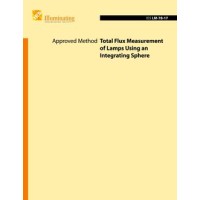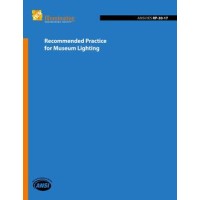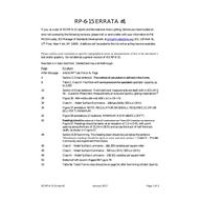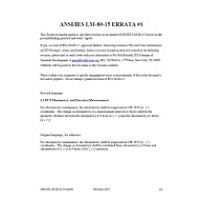This Recommended Practice covers the evaluation and control of optical radiation hazards from all electrically powered sources of optical radiation that emit in the 200 nm through 3,000 nm (3.0 um) range except for lasers and for light emitting diodes (LEDs) used in optical fiber communication systems. The required radiometric measurements require sophisticated instrumentation, for they deal with an extended source (not a point source), which may or may not be altered by diffusers or projection optics. As this Practice explains, evaluating a broad-band optical source (incandescent lamp, fluorescent lamp, or lamp system) means first determining the spectral distribution of optical radiation emitted from the source at the point (or points) of nearest human access. Secondly, the size, or projected size, of the source must be characterized in the retinal hazard spectral region. Thirdly, it may be necessary to determine the variation of irradiance and projected radiance with distance. No longer must users rely totally upon original equipment manufacturer (OEM) expertise. This Practice informs industry and the public about well known optical radiation hazards (and potential hazards) associated with various lamps and lamp systems. It is also provides guidance, advice, and standard methods for evaluating optical radiation hazards that may be associated with lamp products.
 PDF
PDF
All of our standards document are available in PDF (Portable Document Format), an electronic, downloadable format.You will be able to download the file in your account downloads.
 Multi-User Access
Multi-User Access
After purchasing, you have the ability to assign each license to a specific user.
 Printable
Printable
At any time, you are permitted to make printed copies for your and your members' reference use.
 PDF
PDF
 Multi-User Access
Multi-User Access
 Printable
Printable





